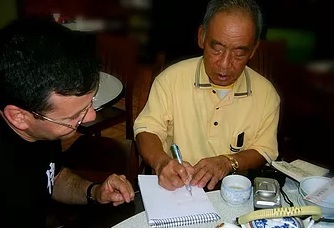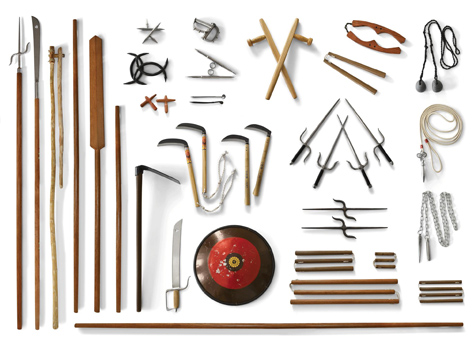“True mastery is to disarm with the mind only, being Kobudō purely a mean to this end”
Bushi Sanda Kanagusu
Okinawa Ufushiku Kobudō

Ryūkyū 琉球列, the chain of Japanese island located on the boundary between the East China and Philippines sea, was considered for important historians as a significant weapons supplier in its early history. On several occasions superior militar powers demanded it to donate militar equipment to their causes, such is the example of the mongol empire in 1292 for their preparations to invade Korea and three hundred years later, were the warlord Hideyoshi from Japan who demanded the same for his preparation, this time, to invade Korea and eventual later conquest of the Mongol empire.
The latter briefly ilustrate the Ryūkyū importance and the historical background that led to the subsequent development and practice at the end of the 20th century in this place, of what is known today as Kobudō 古武道, formerly know as RyūKyū Kobujūtsu 古武術 (Lit. “Ryūkyū’s ancestral martial technique”). Originally and simultaneously practiced with the native fighting art Okinawa-te (沖縄手, Uchinaa-dii), today is possible to find schools dedicated entirely to the development of Kobudō and preservation of its techniques.
In an effort to contribute with its promotion among the martial arts community interested in deepening or beginning their journey in Kobudō, our institution officially launches the “2024 – 2025 Traditional Okinawan Kobudō Weaponry Start up & Development Program” based on the main Okinawan Kobudō 沖縄古武道 weapons detailed below.
DIRECTED TO:
- Senior instructors and assistants who wants to initiate, expand and/or gain insight in one or more specific Kobudō weapon.
- Dojō or specific training groups with interest in expanding or including kobudō to their curricula
- Practitioners with martial arts experience
OBJECTIVE:
- Starting, deepening or expanding the study of a specific weapon of traditional Okinawan weaponry.
- Develop the essential teaching skills and technical competences to pass the curriculum of the specific weapon(s).
- Further develop instructor(s) and assistant(s) of instructor in passing on the basics of the specific weapon
- Build a solid foundation with the basic principles of kobudō that prepares the learner for advanced kobudō training and weapons.
OVERALL STRUCTURE:
- Each program is divided into 3 modules that includes the practice of kihōn, kata and pre-established sparring exercises, taught progressively and according to the student’s level, constantly aiming to blend apprentice’s martial arts experience with it.
- The programs does not lead to rank promotions / graduations, and finalise with a document certifying the completion of the specific(s) program (s).
DURATION: and frecuency to be conveyed with the interested party.
- BŌ PROGRAM: up to 18 months
- SAI PROGRAM: up to 18 months
- TONFA PROGRAM: up to 6 months
- ALL 3 PROGRAMS: up to 2 years
ABOUT THE RESPONSIBLE INSTRUCTOR:
- Bachellor in Education & Physical Education Teacher with 15 years of teaching experience.
- Isshinryū Karate & Tokushinryū Kobudō practitioner.
- More details about the instructor can be found by CLICKING HERE
OTHER INFORMATION: For applications please click the following link. Pricing and program breakdown with specific details, please contact us by clicking the link or sending an email to the address specified below
- Contact Form – Click here
- seishinkanbudoschool@gmail.com
AVAILABLE PROGRAMS MODULE & DESCRIPTION
Each program is based on three of the five main kobudō weapons within the Okinawan arsenal: Bō 棍, Sai 釵and Tonfa トンファー
- BŌ PROGRAM: x3 Kihōn – x4 Kata – x3 Kumi bo
- SAI PROGRAM: x7 Kihon – x4 Kata – x2 Kumi Sai
- TONFA PROGRAM: x5 Kihon – x1 Kata – x1 Kumi Tonfa
Each program is scaffolded in 3 modules with the aim of facilitating the student’s transition from basic skills, through kata practice until reaching more complex sets of movements (Yakusoku 約束 commited or pre-arranged attacks and defences)
Module 1: Kihōn 基本 – Fundamentals きほん
Aimed at the stimulation and development of complex motor skills and naturalization of the techniques in the muscle memory of the practitioner through the use of the corresponding weapons.
This first stage is aimed at acquiring:
- The form; accompanied by the correct ashi sabaki 足捌き (footwork) and dashi 立 (stances) to efficiently cope with the constant change of the center of gravity as a consequence of the execution of the techniques.
- Muscular strength and speed: through the discovery to perfection of the agonist and antagonist muscles that act in each motor sequence (techniques)
- Adequate breathing to be executed with each movement and transform this into an unconscious act, understanding that the practitioner does not breathe uniformly since each situation is changing and must adapt appropriately, moving from “Donto breathing” (normal thoracic) to “Ibuki-Nogare” (diaphragmatic with abdominal contraction without sound).
Module 2: Kata 形
Essential sensory integration process in sports practice (constant repetition of technical gestures), which supports the conditioning of the body, improvement of reflexes and movements, through the “principle of motor learning”. In this way, the practitioner can “reorganize” the motor response and give rise to movement patterns that adapt to specific contexts (free attack – Kumite). Depending of the program, the student will receive instruction in the main Bō, Sai and Tonfa kata that can be found today in almost every kobudō style.
Module 3: Bunkai 分解
From the traditional Okinawan view, simply practicing the form of a kata is not enough to develop a deep understanding of the meaning of the techniques and how to apply them correctly. The practice of bunkai 分解 – analysis or deconstruction for analysis – is a fundamental part of this process, otherwise we will only be in the presence of an athletic representation.
In this module, the program has an easy-to-assimilate progression that begins with the kihōn and their practical application against one or more opponents, until building the skills and confidence necessary to begin the kata analysis stage (module 2).
Yakusoku 約束- committed or pre-arranged attacks and defenses- based on the main techniques acquired in module 1 and 2, are also part of this module. Depending of the selected program, the student will receive instruction in:
- Bō vs Bō 1
- Bō vs Bō 2
- Bō vs Bō 3
- Sai vs Sai
- Bō vs Sai 1
- Bō vs Sai 2
- Bō vs Tonfa 1
- Bō vs Tonfa 2

PROGRAM DESCRIPTION:

I PROGRAM – BŌ 棍
Where the Katana, Naginata and Yari hold a place of honour within the bladed weapon arsenal of Ryūkyū, so Ekū and Bō held the highest steem among the wooden weapons, being the latest without a doubt, the most popular one within the Okinawan weaponry with presence in every Kobudō Ryūha and curriculum.
The prominence and increasing role of the Bō in Okinawa as a weapon can be attibuted to the King Shō Shin in the arly 16th century with his edict requiring all the feudal lords to move to Shūri and give up their bladed battlefield weapons to a collective warehouse with the pretext or false idea that this will decrease the risk of rebelión and therefore, make Okinawa a more peaceful place. At the same time, a police force or “chikudin” was created for security reasons and the weapon chosen to fufill its duty was the Bō, whose techniques also practiced by the palace guards, found the path to survival and development through Seikichi Uehara sensei’s Mōtobu Ryū.
In Okinawa, the man credited for introducing and establishing the Bō kata methodology is Sakugawa Satunushi Bushi, better known as “Tode Sakugawa” sensei whose most well know trainees were Sokon “bushi” Matsumura and Chinen Pechin.
Referred generically as Bō and also as Non or Kun whereas the term Bōjūtsu designated its practice.
3 kihon, 4 kata and 3 kumi drill make up our Bō program.

II PROGRAM – SAI 釵
Sometimes called the “trident truncheon”, this three-pronged iron truncheon is an iron and steel implement with two variants that facilitate the transfer of techniques from one to the other, these being the “Manji no Sai” (iron swastika) and the “Nunti Sai” (mounted iron baton). It’s known that the sai and nuntei have come from China and are said to have history going back to India.
After its introduction to Okinawa, this weapon adapted well to the Te techniques presumedly due its highly defensive capacity against a katana and the fact that could be readily concealed. Indications of its popularity imply that it did not reach high levels among the Bushi until the mid to late 19th century, considering the overwhelming evidence showing the Bō as the preferable weapon for law enforcement.
One of the most celebrated authorities with the Sai was Sanda “ Bushi” Kanagusuku, who became until 1879 the first “Uhushiku” or chief inspector of police after sharing bodyguard duties of the last King Shō Tai, with Sōkon “Bushi”Matsumura, from whom he received training in Sai and other weapon’s technique.
As a Uhushuki, his weapon of choice was the Sai and having under his direction the Wakisaji (police inspectors), Chikusaji (police sergeants) and Saji (constables) , instruction about the use of Sai became popular among local police, specially agains orthodox and street weapons. Supporting information about the sai was it was carried in sets of three by Ryūkyuan police officers.
Kanagusuku sensei later developed several techniques based on Te to dodge and hit simultaneously which were inherited by his students, among which Mōden Yabiku sensei 1882-1945 and Shosei Kina sensei 1882 -1981 stand out.
Nowadays, the continuing popularity of this weapon is provably due his basic hand operation, making relatively easy to pick up and if the student have the elemental empty hand punches, blocks and stances, he can navigate the techniques and soon demonstrate an acceptable level of mastery with the weapon.
7 kihon, 4 kata and 2 kumi drill make up our Sai program.

III PROGRAM – TONFA トンファー
With a proved existence in the Ryūkyū Islands as a kobudō weapon for over a century, it’s similar in appearance to the one known as the “side-handle truncheon” introduced during the late 20th century into the law enforcement in United States and Europe. Known also as Tunfa, Taoufa, Tuiha, Tunfua, Tonfua, Toifua among some others, it’s one of the five main kobudō weapons.
Older versions of this weapon consisted essentially of a square section staff with a round section handle that allowed the execution of most blocking Tōde techniques that can also be executed with the sai (that is upper rising, middle inside, middle outside and lower downward). Unique to the Tonfa is what can be described as centrifugal-swings by using the upper body and hips, usually comprising in & out horizontal, up & down vertical and in & out diagonal. As regard of the basic hold, it’s generally taught that the Tonfa should be held tightly at the handle and firm along the length of the forearm to prevent it from sliding and exposing the forearm when blocking for example.
Once again, the popularity of this weapon can be attributed to the minimal training required to be able to block any given long weapon by appealing to the instinctive response to block this attacks with the forearm.
6 kihon, 1 kata and 2 kumi drills make up the Tonfa program.
Finally our institution extend a warm welcome to write to us about any enquire or if you need further details about the programs detailed in this publication.
For your attention & interest¨
どうもありがとうございます
Domo Arigato Gozaimasu


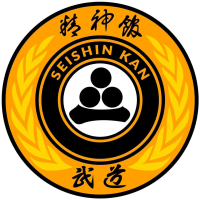



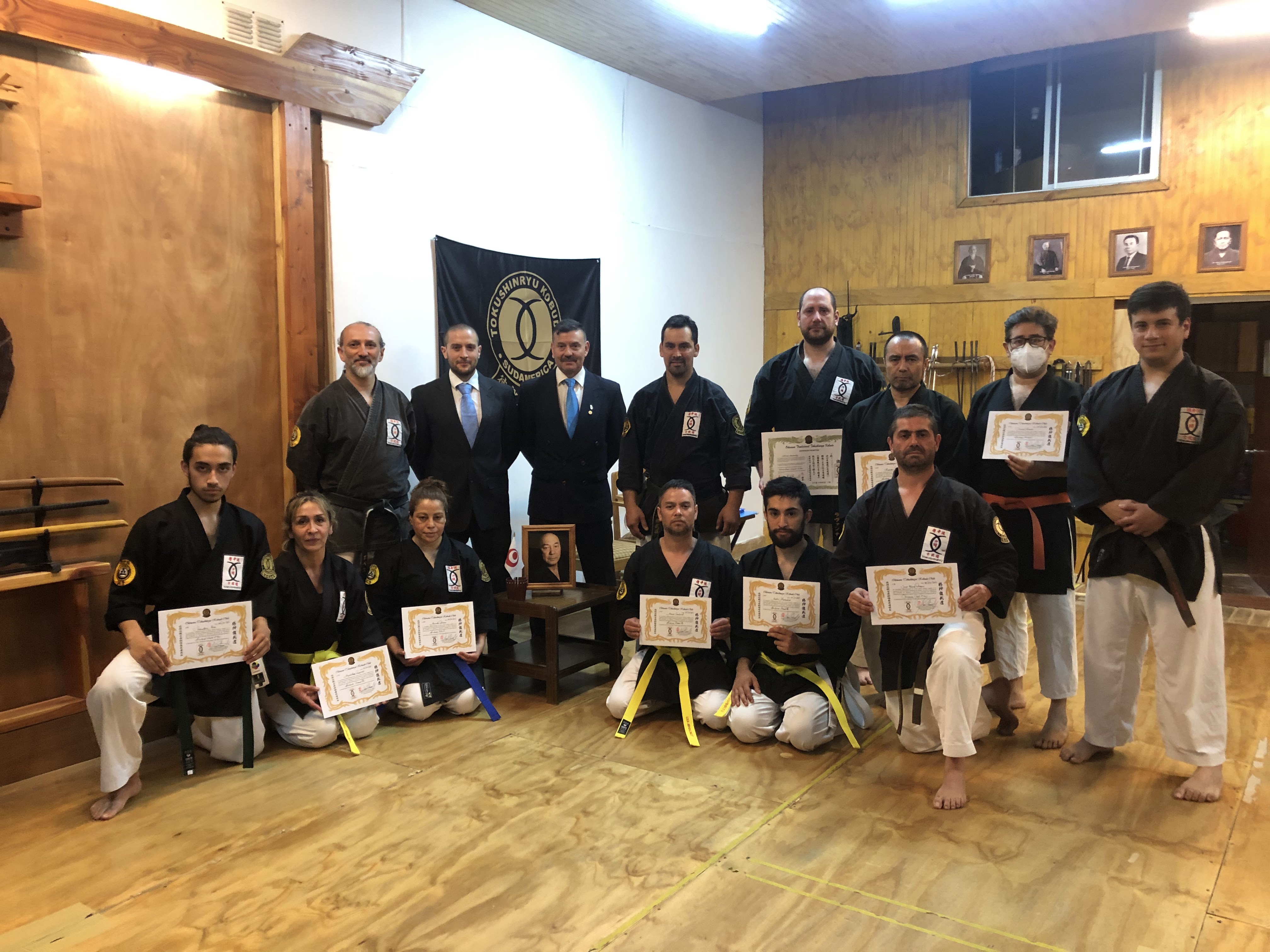

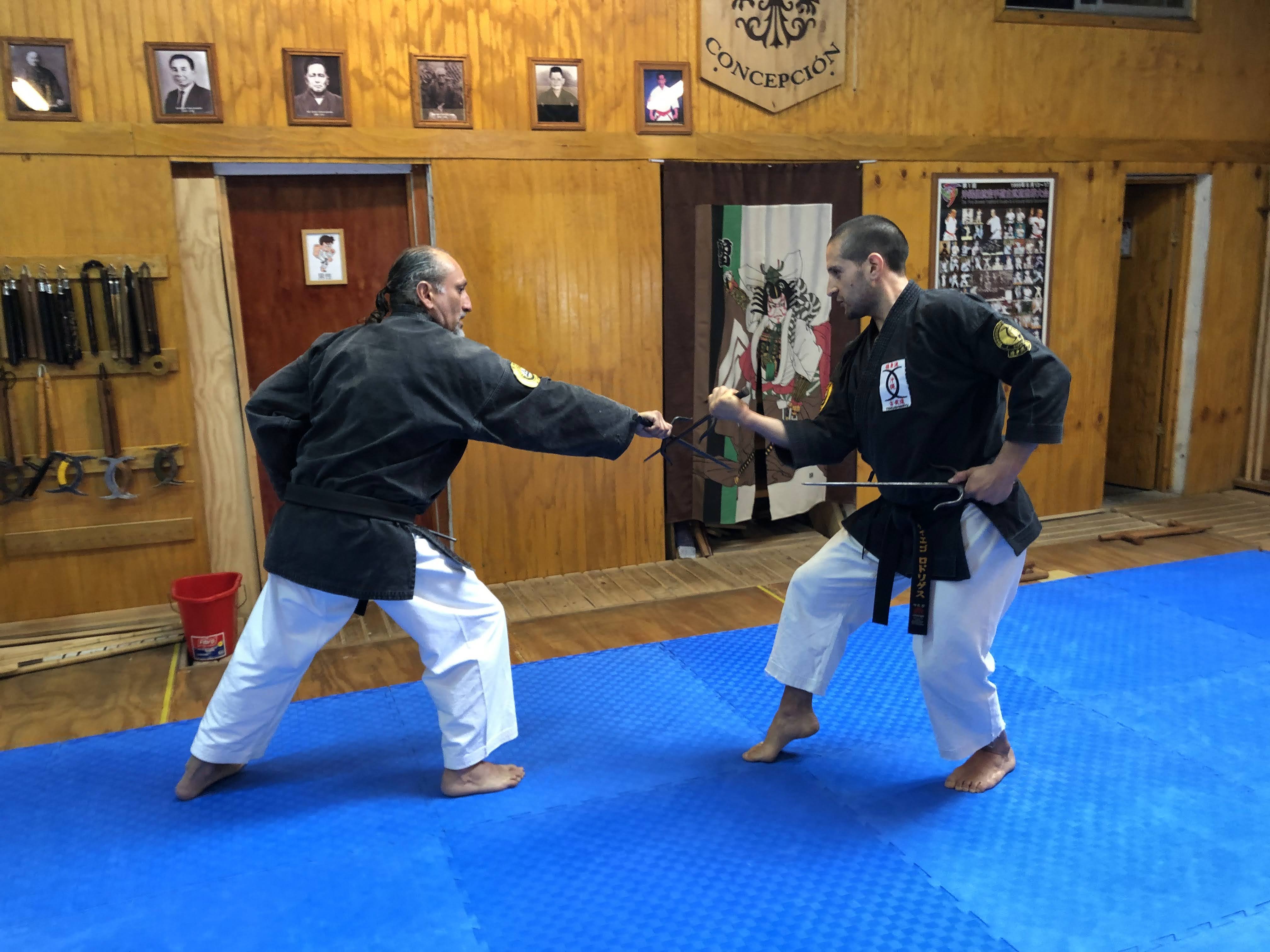
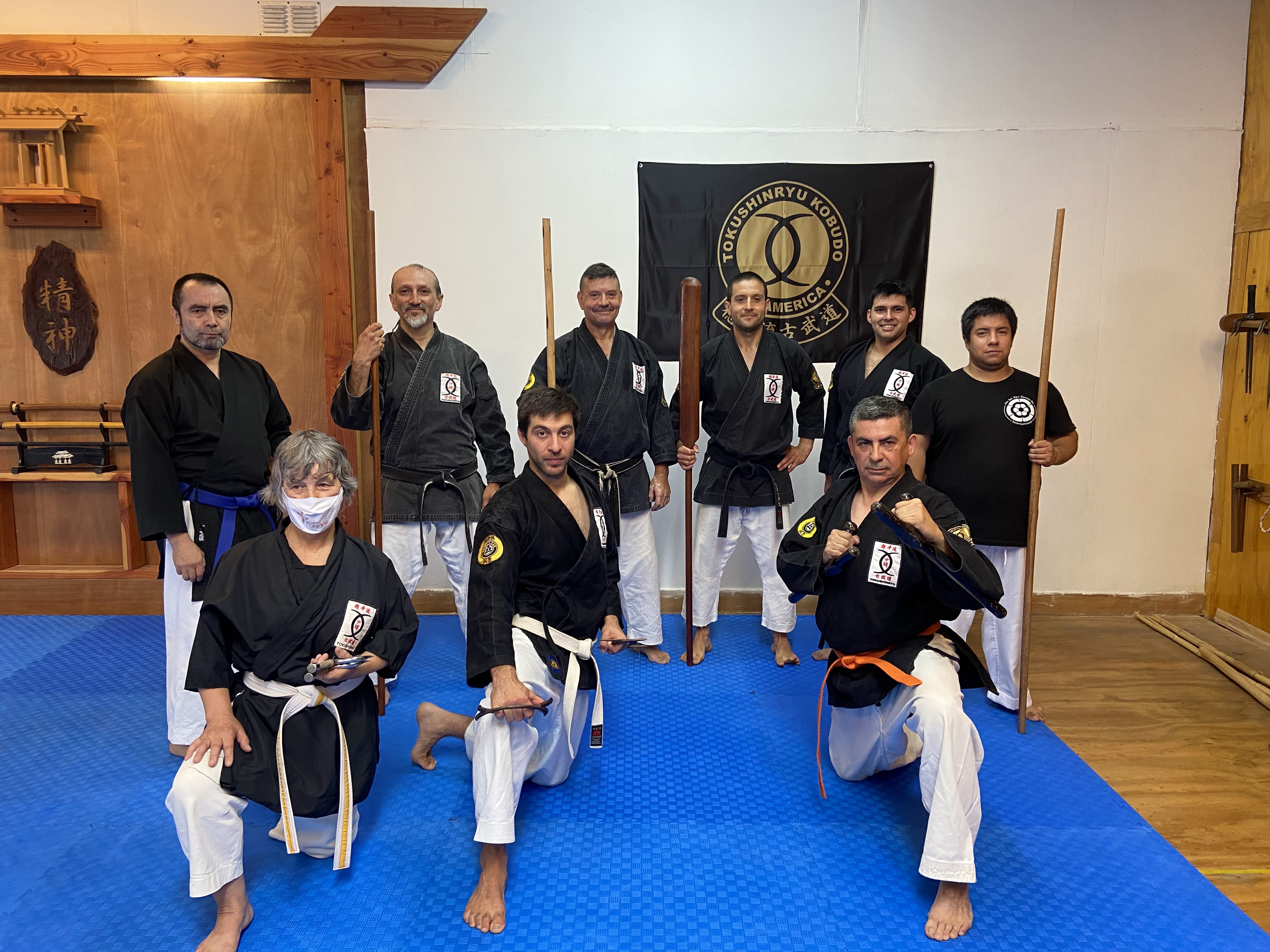
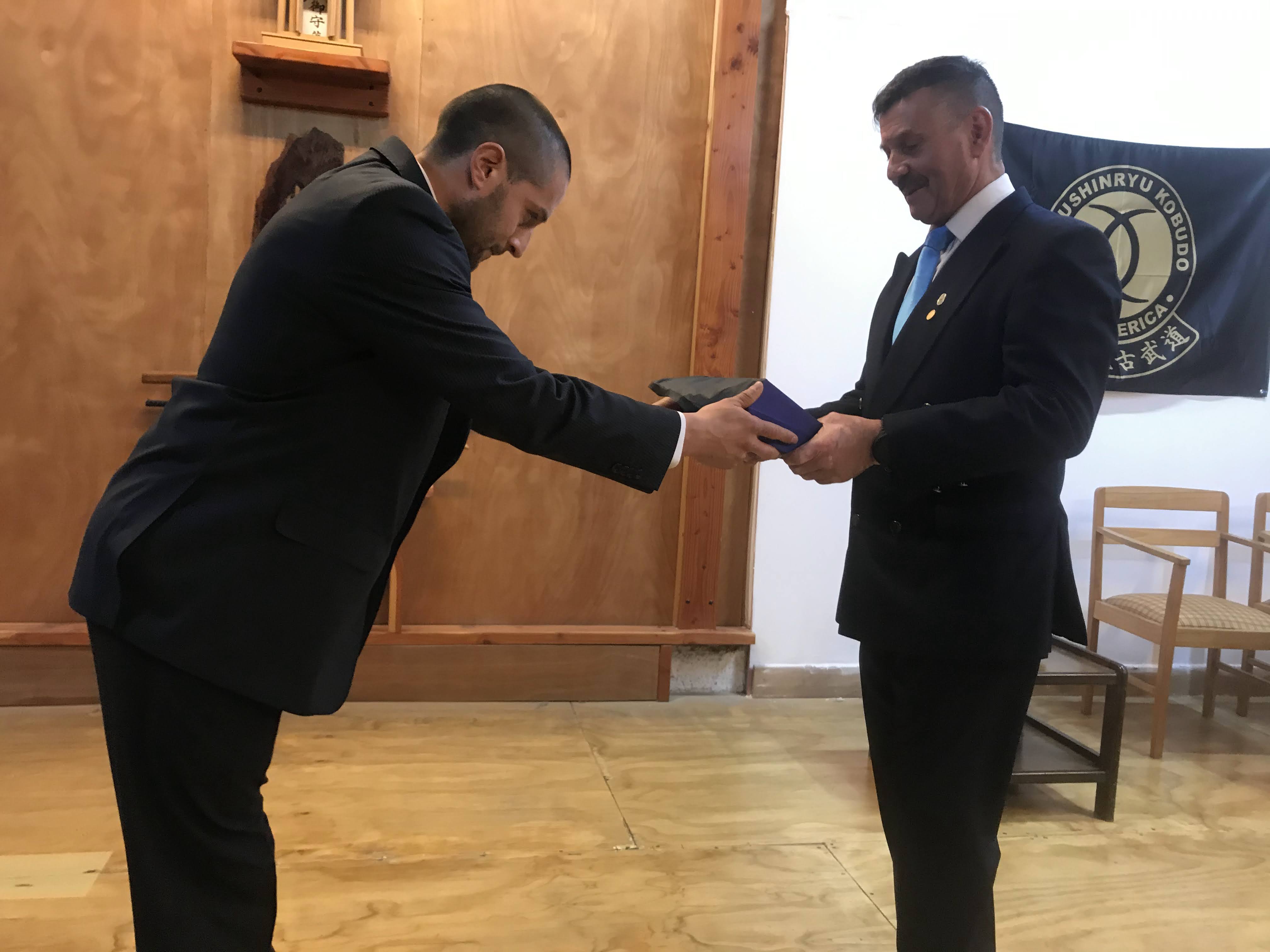









 Stockholm Sweden, July 2020.
Stockholm Sweden, July 2020.

















 Seishinkan Budo School Europe is hoping that the entire community is healthy and strong in the face of the current health situation. Perseverance in Budo, strength and patience in the Karate & Kobudo training
Seishinkan Budo School Europe is hoping that the entire community is healthy and strong in the face of the current health situation. Perseverance in Budo, strength and patience in the Karate & Kobudo training
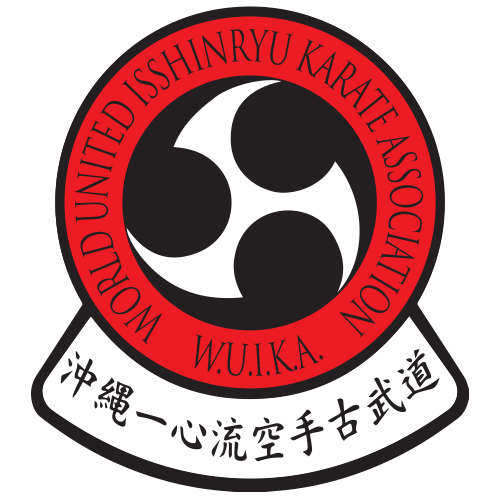












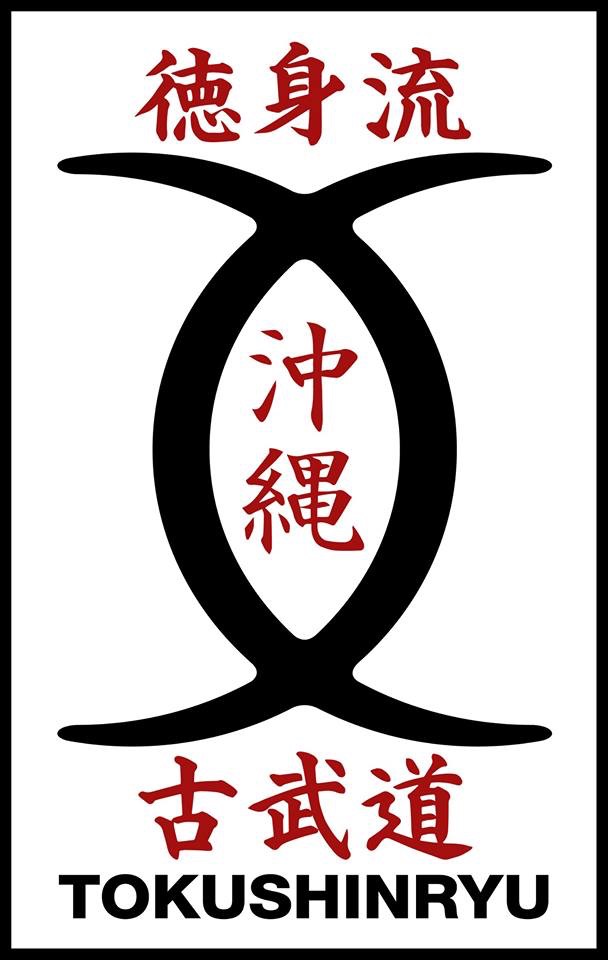






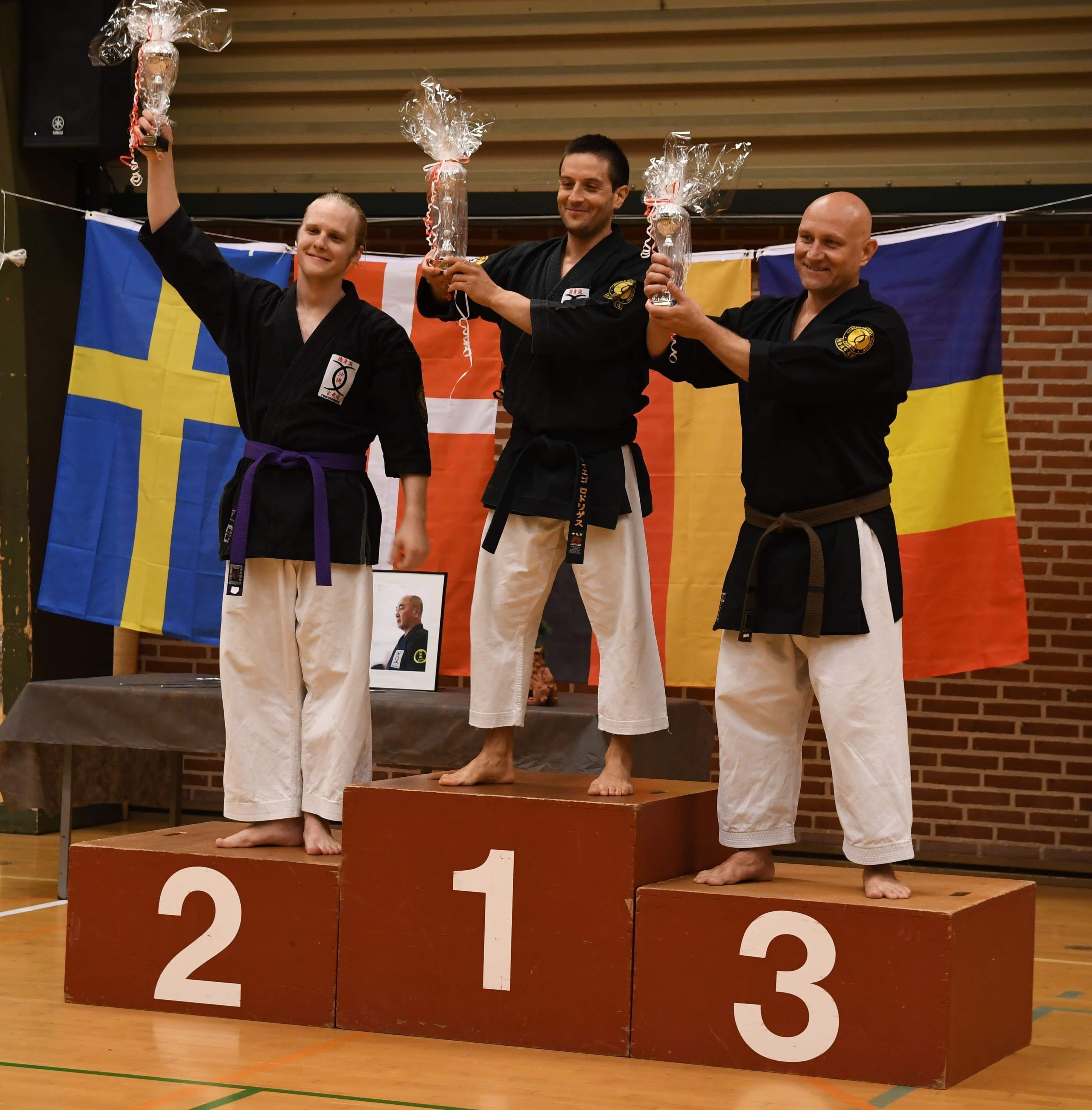

















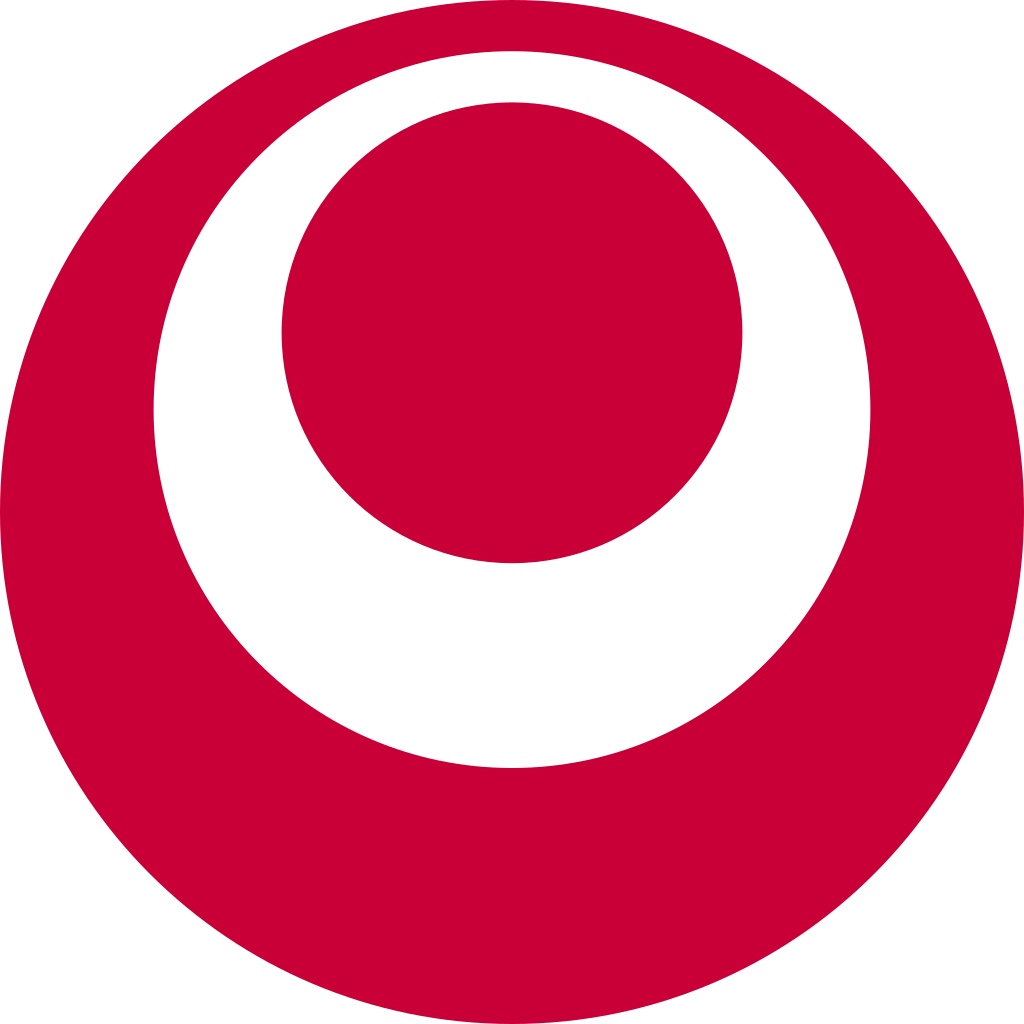
































 Our school established in 1992 the link officially with the OIKKA (Okinawa Isshinryū Karate & Kobudō Association), an organisation founded by grand master Angi Uezu. Throughout the years and with several trips to Okinawa, Osvaldo Rodriguez sensei continues to develop the foundations that sustain the philosophy of the Sesshin school, until in 2006 and as part of a new tour to Okinawa, a trivial conversation with Uezu Sensei takes unexpected rivulets: thanks to his guidance and advice, the name that identifies our school is finally revealed.
Our school established in 1992 the link officially with the OIKKA (Okinawa Isshinryū Karate & Kobudō Association), an organisation founded by grand master Angi Uezu. Throughout the years and with several trips to Okinawa, Osvaldo Rodriguez sensei continues to develop the foundations that sustain the philosophy of the Sesshin school, until in 2006 and as part of a new tour to Okinawa, a trivial conversation with Uezu Sensei takes unexpected rivulets: thanks to his guidance and advice, the name that identifies our school is finally revealed.